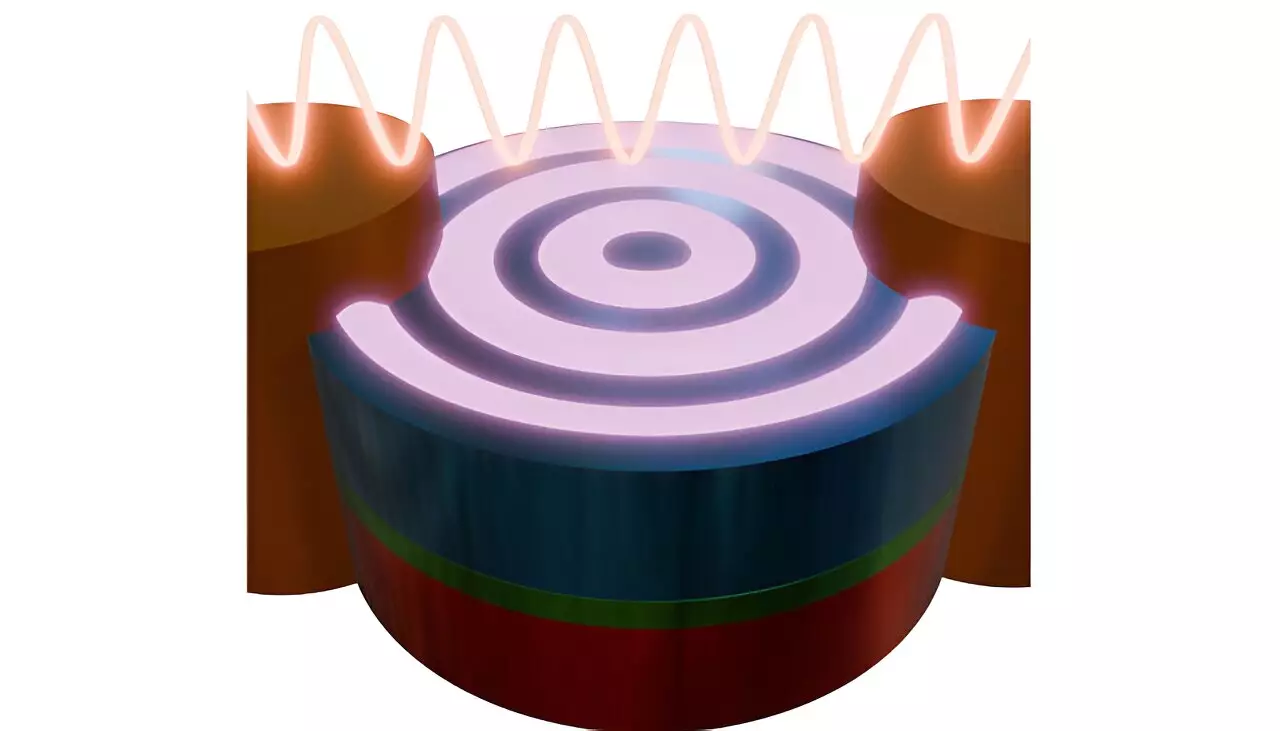In the realm of computing technology, the race to enhance efficiency while reducing size has always been at the forefront of innovation. A groundbreaking study involving collaborative efforts from the University of Vienna, the Max Planck Institute for Intelligent Systems, and several Helmholtz Centers has made significant strides in this area. By venturing into magnonics, which utilizes spin waves for information transfer, researchers are addressing the limitations of conventional semiconductor technologies. Published in *Science Advances*, their findings illustrate a viable path toward reprogrammable magnonic circuits capable of transforming the future of computing.
Traditional central processing units (CPUs) employed in devices ranging from personal computers to smartphones rely heavily on complementary metal-oxide-semiconductor (CMOS) technology. However, as demand grows and the necessity for smaller and more powerful devices rises, the inherent limitations of this technology become glaringly apparent. Scientists point to substantial concerns regarding power consumption and energy losses associated with these conventional systems, sparking a proactive search for alternative computational architectures. Magnons, the quantum excitations of spin waves, emerge as a promising contender in this exploration.
To better understand the significance of magnons in computing, consider the metaphor of a still lake; when a stone is thrown into it, waves ripple outward from the point of impact. In the context of this research, the lake is replaced with a magnetic material, and the stone symbolizes an antenna that generates spin waves, facilitating the transfer of energy and information. These spin waves, if harnessed effectively, could lead to impressive advancements in both classical and unconventional computing tasks. According to Sabri Koraltan, a scholar at the University of Vienna, the efficient generation and manipulation of these spin waves are fundamental to optimizing the footprint of magnonic devices.
Despite the promise of utilizing spin waves, current methods of generation face limitations due to the inefficiencies of state-of-the-art nano antennas, which require high-precision fabrication techniques often limited to specialized cleanroom environments. The study presents a novel approach wherein researchers instead direct electric current through a magnetic stack that features swirling magnetic patterns. This method significantly enhances the efficiency of spin-wave emission in synthetic ferrimagnetic systems, as highlighted by Koraltan’s insights. The alternating current generates magnetic fields capable of exciting the vortex patterns, thus overcoming prior challenges in generating the necessary short wavelengths required for practical applications.
Utilizing advanced technologies such as the high-resolution ‘Maxymus’ X-ray microscope at the BESSY II electron synchrotron, researchers successfully observed the anticipated spin waves at both nanoscale wavelengths and within the Gigahertz frequency range. This capability marks a pivotal moment in the understanding and development of active magnonic devices. Moreover, the integration of specialized materials responsive to applied strain is noteworthy, as it enables the dynamic steering of spin waves through controlled adjustments in the current, offering unprecedented levels of adaptability in device design.
The implications of this research could radically shift the landscape of computing technology. The ability to redirect spin waves on demand paves the way for creating reprogrammable magnonic circuits, which present exciting prospects for more efficient and flexible computing systems. Further, the innovations in large-scale simulations through the new generation of micromagnetic simulation software (magnum.np) have been indispensable in unraveling the mechanisms behind spin-wave excitation.
As demonstrated by this collective research endeavor, the transition toward magnon-based technologies signifies a noteworthy step forward in resolving the pressing challenges of current computing paradigms. The quest for energy-efficient and miniaturized devices finds new hope in the potential of magnonic circuits. Future advancements in this domain could redefine the limits of computing technology, encouraging the development of devices that are not only more adaptable but also sustainable. The journey into the realm of spin waves has only just begun, but the future looks promising for the next generation of computing solutions.

